What Is the Best Rocket Propellant?
The best rocket propellant depends on the specific application, objectives, and conditions under which the rocket operates. No single propellant is universally superior. Various factors such as energy output, safety, ease of handling, logistics, and intended use influence the choice. This article explores the main categories of rocket propellants, their characteristics, and how “best” varies by context.
Understanding Rocket Propellant
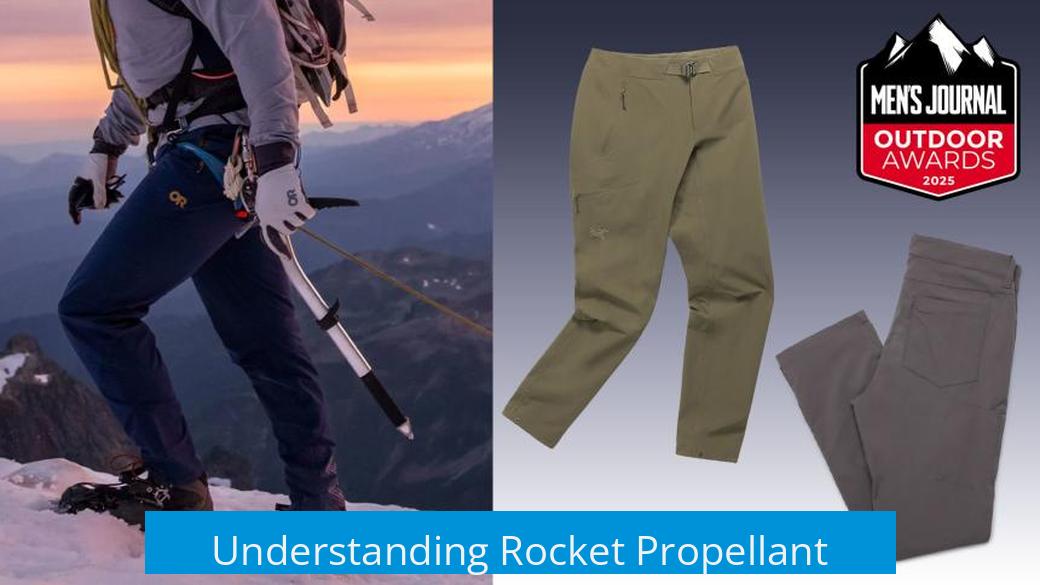
Rocket propellant is the material expelled from a rocket engine to produce thrust. It includes both the fuel and the oxidizer. Depending on the rocket type, the energy for propulsion can come from the propellants themselves (chemical rockets) or an external source (electric or ion engines).
Effective propellants burn or react rapidly, expelling gas at high pressure through a nozzle. The rocket structure must survive these pressures without failure. Performance metrics, such as specific impulse (Isp), often guide propellant selection.
Performance Metrics: Specific Impulse and Others
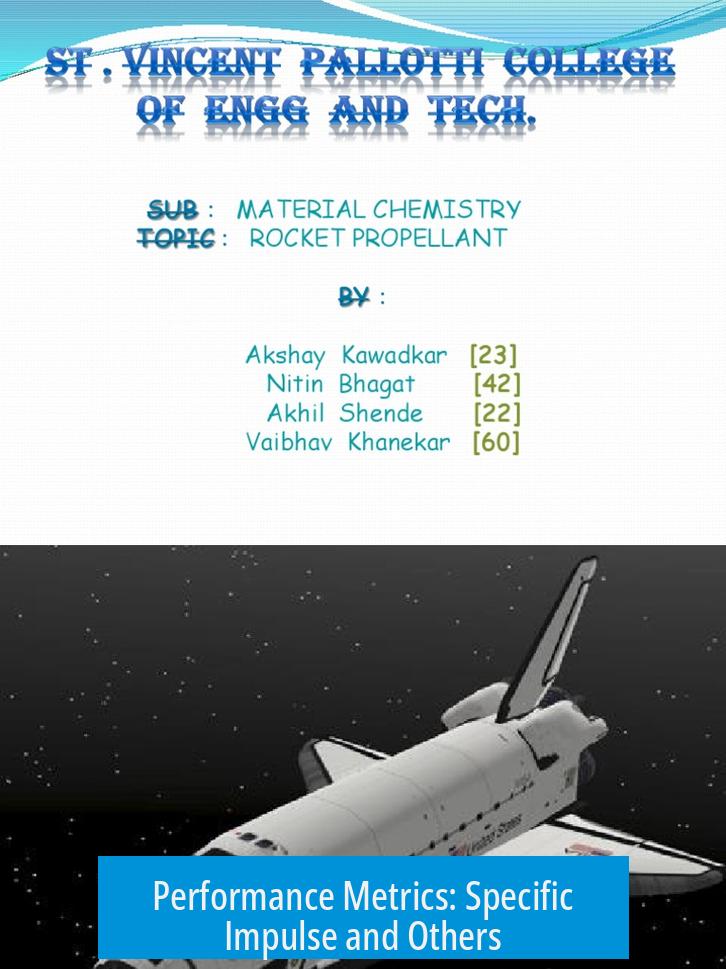
| Metric | Description | Typical Values |
|---|---|---|
| Specific Impulse (Isp) | Thrust produced per unit weight flow of propellant (seconds) | Solid rockets: 180-300 sLiquid H2/LOX: ~450 sExotic tripropellants (Li, F2, H2): 540+ s |
| Density Impulse | Specific impulse adjusted for propellant density (efficiency relative to size) | Higher for dense propellants like hydrazine derivatives |
The propellant with the highest theoretical Isp uses lithium and hydrogen fuel with fluorine oxidizer, reaching about 542 seconds, but is extremely dangerous and impractical. That limits its real-world use.
Types of Rocket Propellants

1. Solid Propellants

Solid propellants are stable, easier to handle, and often used in simpler or smaller rockets. They consist of a fuel and oxidizer mixed into a homogeneous solid mass.
- Black Powder: A mixture of potassium nitrate, charcoal, and sulfur. It is cheap and easy to use, especially in commercial model rockets. It burns quickly but produces relatively low energy compared to modern propellants.
- Sugar Rockets (Rocket Candy): Combinations of sugar (fuel) and potassium nitrate (oxidizer) can create “rocket candy.” This propellant offers accessible materials for hobbyists and moderate energy output. Recipes typically involve about 60:40 oxidizer to fuel ratios by weight.
- Composite and Advanced Solids: Used in professional rockets, these include synthetic rubbers bonded with powdered oxidizers like ammonium perchlorate. These are not commonly made at home due to complexity and hazards.
Solid propellants provide simplicity and safety advantages at low or moderate performance needs. Compressing black powder increases efficiency but also risks premature ignition.
2. Liquid Propellants

Liquid rockets offer higher performance and controllability but require complex systems to store, pump, and ignite propellants.
- Liquid Hydrogen (LH2) and Liquid Oxygen (LOX): The highest conventional chemical performance with specific impulse around 450 seconds. These cryogenic propellants have low density and low temperature, complicating logistics and storage.
- Hypergolics (Aerozine 50 + Nitrogen Tetroxide): Ignite on contact without external ignition sources, enabling simpler engine designs. These are toxic and corrosive, requiring careful handling.
- Lithium-Hydrogen-Fluorine Tripropellant: Yields the highest specific impulse ever recorded (~542 s) but is extremely dangerous and impractical.
Liquid propellants are preferred for professional launch vehicles due to their high efficiency despite complexities.
3. Hybrid Propellants

Hybrids combine aspects of solids and liquids, typically fuel as solid with liquid oxidizer. They offer safety advantages over fully liquid propellants but have lower performance than pure liquids. Hybrids are sometimes used in experimental and commercial space launches where safety and simplicity matter.
Application-Specific Best Propellants
The “best” propellant depends heavily on the rocket’s purpose, scale, and user skill.
- Beginners and Hobbyists: Commercial model rocket motors, often using black powder or composite solids, are safe, affordable, and reliable. Sugar rockets provide accessible DIY options with moderate performance but require care in preparation.
- Educational and Demonstrations: Water rockets and pressurized air models offer safe, reusable launcher platforms that avoid chemical hazards altogether. These provide hands-on experience with thrust and aerodynamics.
- Research and Professional Launch: Liquid bipropellants like LH2/LOX or hypergolics dominate due to superior efficiency and controllability.
- Extreme Performance Concepts: Exotic chemical propellants promise very high Isp but are impractical for most uses due to toxicity, reactivity, or difficulty handling.
Safety Considerations
Propellants such as nitroglycerin and gunpowder are unstable and explosive rather than reliably combustible. Confusing explosives with propellants often leads to accidents. Chemical propellants require precise formulation, handling, and ignition mechanisms to prevent injury.
- Gunpowder burns but can detonate if improperly compressed or ignited.
- Nitroglycerin detonates easily and is unsafe for propulsion.
- Sugar rockets must be prepared carefully to avoid overheating or explosion.
- Liquid propellants involve toxic or cryogenic substances requiring specialized infrastructure and training.
Beginners should avoid attempting homemade propellants without supervision or training. Commercial motor purchases and water rockets provide safe starting points.
Beginner-Friendly Propellant Alternatives
Water and Pressurized Air Rockets
Water rockets use water as reaction mass expelled by compressed air. They reach significant altitudes with minimal risk. Soda bottles reinforced with duct tape can hold pressures exceeding 60 psi, offering safe and reusable platforms.
Chemical Reaction Demonstrations
Mentos and cola reactions show safe chemical gas release and can build intuition, though their thrust is insufficient for true rocketry.
Potato Guns and Other Experiments
Potato guns use flammable gases to propel projectiles and demonstrate combustion principles but are hazardous and not actual rockets.
Recommended Resources
- Ignition! An Informal History of Liquid Rocket Propellants by John D. Clark – A detailed history and chemistry overview.
- Nakka Rocketry – Sugar Rocket Chemistry – Comprehensive resource on sugar propellant recipes and safety.
- Tech Ingredients YouTube Channel – DIY rocket motor tutorials.
- I Still Have All My Fingers – A practical guide for sugar rocket hobbyists.
- Ullmann’s Encyclopedia of Industrial Chemistry, Chapter on Rocket Propellants – Industrial standards and chemical processes.
Summary: Key Takeaways
- The best rocket propellant varies with application, skill level, and safety requirements.
- Commercial solid motors like black powder varieties suit beginners.
- Sugar rockets (potassium nitrate + sugar) offer accessible DIY options but require caution.
- Liquid propellants provide highest performance but require sophisticated handling.
- Exotic chemicals deliver highest specific impulse but are impractical or unsafe.
- Water and pressurized air rockets provide safe introductory experiments.
- Safety and legal regulations are paramount; avoid explosives and unsafe homemade propellants.
What Is the Best Rocket Propellant? A Deep Dive into Rocket Fuel Choices
The best rocket propellant depends heavily on who you are, what you need, and how much risk you want to manage. Are you a beginner hobbyist launching a backyard rocket, a researcher pushing the boundaries with high-powered liquid fuels, or somewhere in between? The answer shifts wildly.
Let’s navigate the exciting, sometimes explosive, and often surprising world of rocket propellants, with a mix of practical advice, scientific insight, and a dash of humor to keep us sane — because rocket fuel isn’t exactly dinner table conversation!
Starting With Beginners: Safe and Simple Propellants
If you’ve never touched a rocket before, steer clear of the complex stuff. The hands-down best choice for hobbyists is a commercial model rocket motor. Why? Simple. Safety and ease.
Most model rocket motors are black powder based. Black powder, also known as gunpowder, is cheap, readily available, and relatively safe when stored and handled properly. You can buy these motors from reputable manufacturers like Estes, which are designed to give you high performance without the threat of turning your project into a mini fireworks disaster.
In fact, if you are building your first rocket, an Estes motor is hard to beat. The motors are compact, sealed, and tested to ensure reliable thrust. This is the very best option for learning rocket science fundamentals without losing more than your breakfast to a misfire.
“Start with black powder and learn rocketry from that.”
Sure, you could try to whip up your own black powder, but the manufacturing risk is high. Compressed black powder approaches its ignition point and can explode unexpectedly. Not exactly the recipe for a relaxing weekend project.
DIY Rocket Candy: Sweet but Serious Propellant
For the DIY enthusiast who really wants to get their hands dirty (or at least a bit sticky), sugar rockets — sometimes called “rocket candy” — offer a fun middle ground.
This homemade type uses potassium nitrate (KNO3) and various sugars in a typical 60:40 weight ratio, cooked slowly and carefully just outdoors to avoid any fireball mishaps. Wikipedia, YouTube tutorials, and enthusiasts swear by it.
Why sugar? It’s relatively easy to source and handles better than many other chemicals.
Explorers in the sugar rocket world can tweak recipes by replacing some sugar with sugar alcohols or adding minor additives to adjust burn rates. A popular recipe involves icing sugar and potassium nitrate packed tightly into a paper tube with a drilled hole acting as the nozzle.
If you want to master sugar rockets, a fantastic resource is the website nakka-rocketry.net. And don’t miss the book I Still Have All My Fingers, which will have you chuckling while seriously deepening your rocketry chemistry knowledge.
The High-Performance but Hair-Raising World of Liquid Propellants
What about those rockets that pierce the skies and send satellites into orbit? They often run on liquid propellants like liquid hydrogen (LH2) combined with liquid oxygen (LOX). This combo boasts one of the highest specific impulses. In rocket speak, that means massive efficiency.
But here’s the catch: handling cryogenic liquids like LH2 and LOX is logistically and technically challenging. For enthusiasts, this isn’t a casual weekend project — these fuels require special storage, insulation, and safety protocols.
Liquid propellants like Aerozine 50 and nitrogen tetroxide (N2O4) or unsymmetrical dimethylhydrazine (UDMH) fuel rockets with a fierce punch. However, these stuff are toxic, corrosive, and extremely dangerous to handle.
The record for highest specific impulse chemical propellant goes to a strange mixture of lithium and hydrogen fuels with fluorine oxidizer, but that’s an experiment best left to government labs, not your garage!
Explosive Gotchas: Why Nitroglycerin and Raw Gunpowder Are a Bad Idea
There’s a line rocketry beginners should not cross: homemade explosives like nitroglycerin and untreated gunpowder. Nitroglycerin is famously unstable — it detonates instead of burning, making it a bomb more than a rocket propellant.
The difference between a rocket and a bomb is the controlled release of energy through a nozzle. With nitroglycerin, all bets are off. This stuff is like inviting chaos to your hobby party. Safety experts warn: Trying to make rocket fuel from these materials is a great way to lose fingers, limbs, or worse.
The classic warning:
“My brother in Christ, you want to build a rocket, not a pipe bomb.”
Gunpowder in a rocket without proper compression and casing often makes more noise than thrust. You could end up injured without even getting off the launch pad.
Safe Alternatives: Water Rockets and Pressurized Air
If you’re cautious but still curious, water rockets are a fantastic option. Taking a simple soda bottle, adding some water, then pressurizing the bottle with air can launch your rocket impressively high without any mess of dangerous chemicals.
Reinforce the bottle with duct tape, pump it to 60 psi or more, and you’ve got a pretty reliable and very safe rocket. No rocket fuel required, just physics and fun.
It’s amusing to share that the first water rocket someone built accidentally smashed a neighbor’s greenhouse. A bit of a learning curve — for you and the neighbor! Safety glasses are recommended, either way.
Another quirky option is the well-loved Mentos and cola reaction. It’s not a rocket in the traditional sense but a fun chemical demonstration that gives a pop and spray without fire or explosive risk.
What Does “Best” Rocket Propellant Even Mean?
“Best” in rocketry is a slippery word. Highest thrust? Most efficient? Safest? Most affordable? Depends on your mission.
For backyard enthusiasts, “best” is a motor that launches and returns without causing bodily harm or an emergency call. For NASA engineers, “best” might be highest thrust-to-weight ratios or longest burn times.
So, determining the best rocket propellant boils down to the context:
- **Beginners:** commercial model rocket motors (usually black powder-based) rule for safety and simplicity.
- **DIY Hobbyists:** sugar rockets with potassium nitrate fit a neat balance of performance and homemade fun.
- **Professional & Research:** liquid hydrogen and liquid oxygen dominate, despite complexity and hazards.
Additional Resources to Explore
Diving into rocketry? There’s excellent literature and sources:
- IGNITION! – An Informal History of Liquid Rocket Propellants by John D. Clark – A witty and detailed history of liquid rocket fuels.
- Nakka Rocketry Guide – A comprehensive sugar rocket resource online.
- “I Still Have All My Fingers” – A must-read on sugar rocket chemistry with a light-hearted tone.
- Tech Ingredients YouTube Channel – Features an excellent series on DIY rocket motors if you prefer visual learning.
- Ullmann’s Encyclopedia of Industrial Chemistry – Contains an exhaustive chapter on rocket propellants for the seriously curious.
The Bottom Line
Is there a single “best” rocket propellant? Not really. The best choice depends on your skill level, goals, budget, and willingness to handle risk.
For most folks, a good quality commercial model rocket motor made of black powder is the safest and most effective start. If you want a fun science project, sugar rockets light things up in style. Ready for real rocketry? Then you’re entering the world of liquid propellants, where performance soars—and safety protocols must double.
Whichever route you take, always prioritize safety, follow local laws, and maybe keep the fire extinguisher nearby. After all, rocket science is fascinating—but it only works when everyone keeps their limbs intact.
Ever thought about launching a soda bottle rocket or trying a sugar rocket? What’s your dream rocket propellant? Share your rocketry goals and stories!
What determines the best rocket propellant for a specific use?
The best propellant depends on what the rocket needs to do. Different missions require different fuels. Some need high power, others safety or cost-effectiveness.
Why are commercial model rocket motors recommended for beginners?
They are safe, inexpensive, and reliable. Buying ready-made motors avoids the dangers of handling or making fuels like black powder or sugar mixtures.
What are the pros and cons of black powder as rocket fuel?
Black powder is cheap and easy to use. It burns well when compressed but packing it can be risky due to explosion hazards.
How do sugar rockets compare to black powder rockets?
Sugar rockets use potassium nitrate and sugar. They are easy to make with common materials and can perform well with proper preparation.
Why are liquid propellants preferred in high-performance rockets?
Liquid propellants like LH2 and LOX provide high specific impulse. They burn efficiently but need complex handling and storage.
What risks are associated with explosive propellants like nitroglycerin?
Nitroglycerin is highly unstable and can explode instead of burn. It is unsafe to handle and not recommended for amateur rocketry.


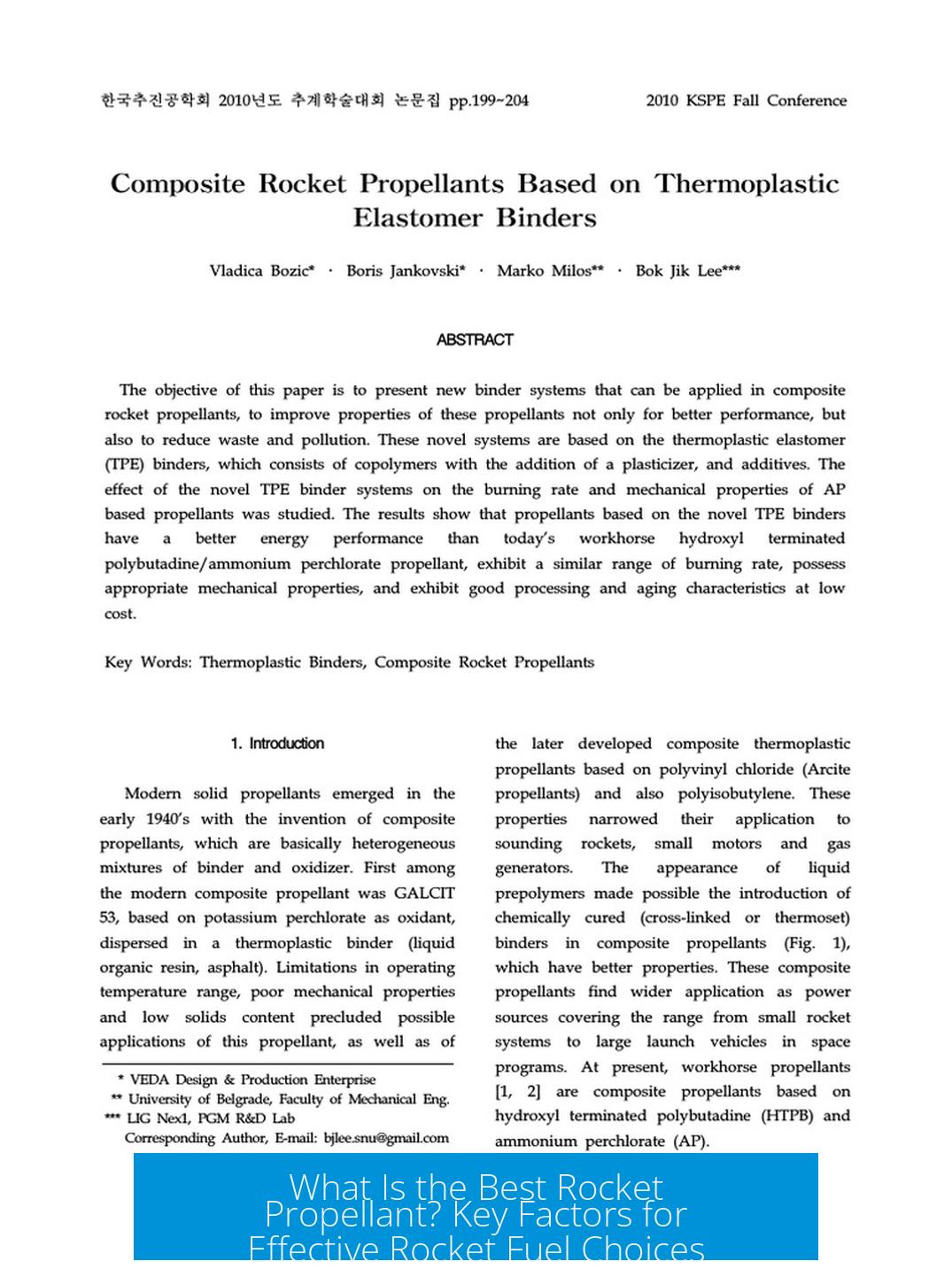
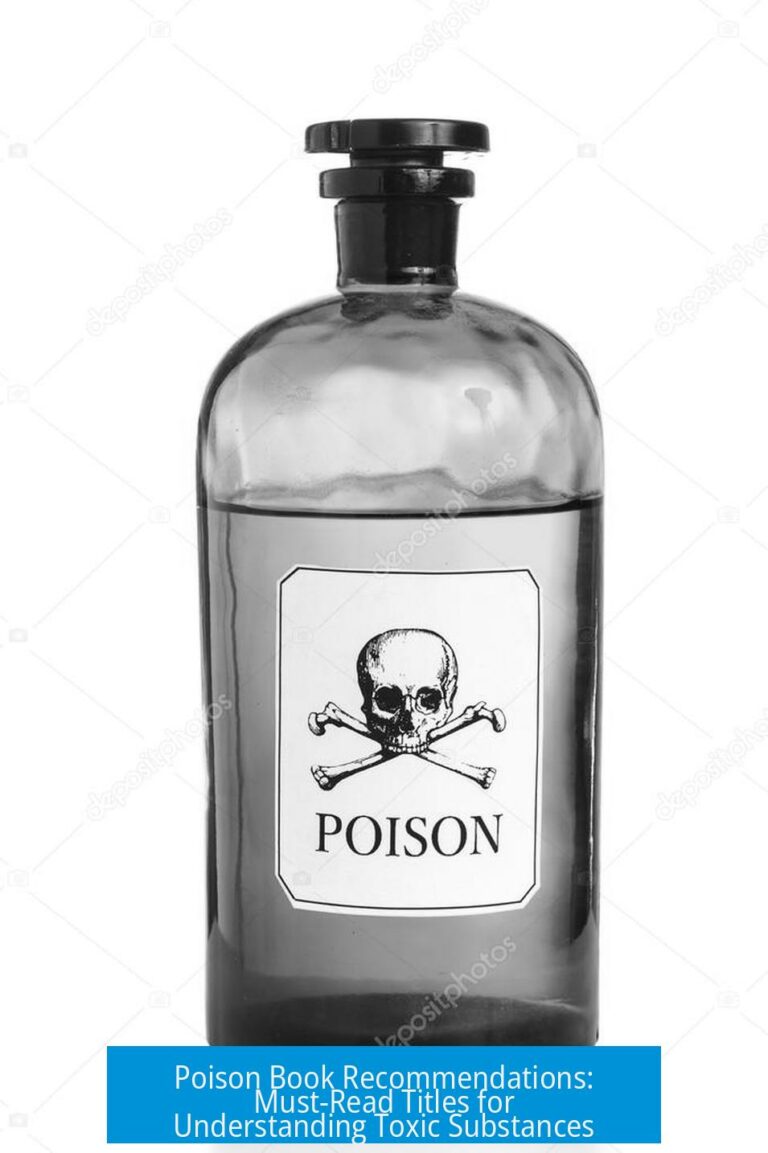
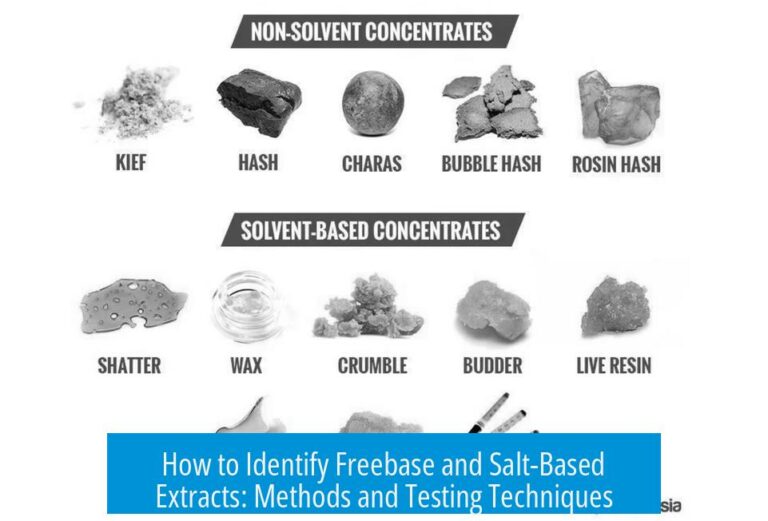
Leave a Comment